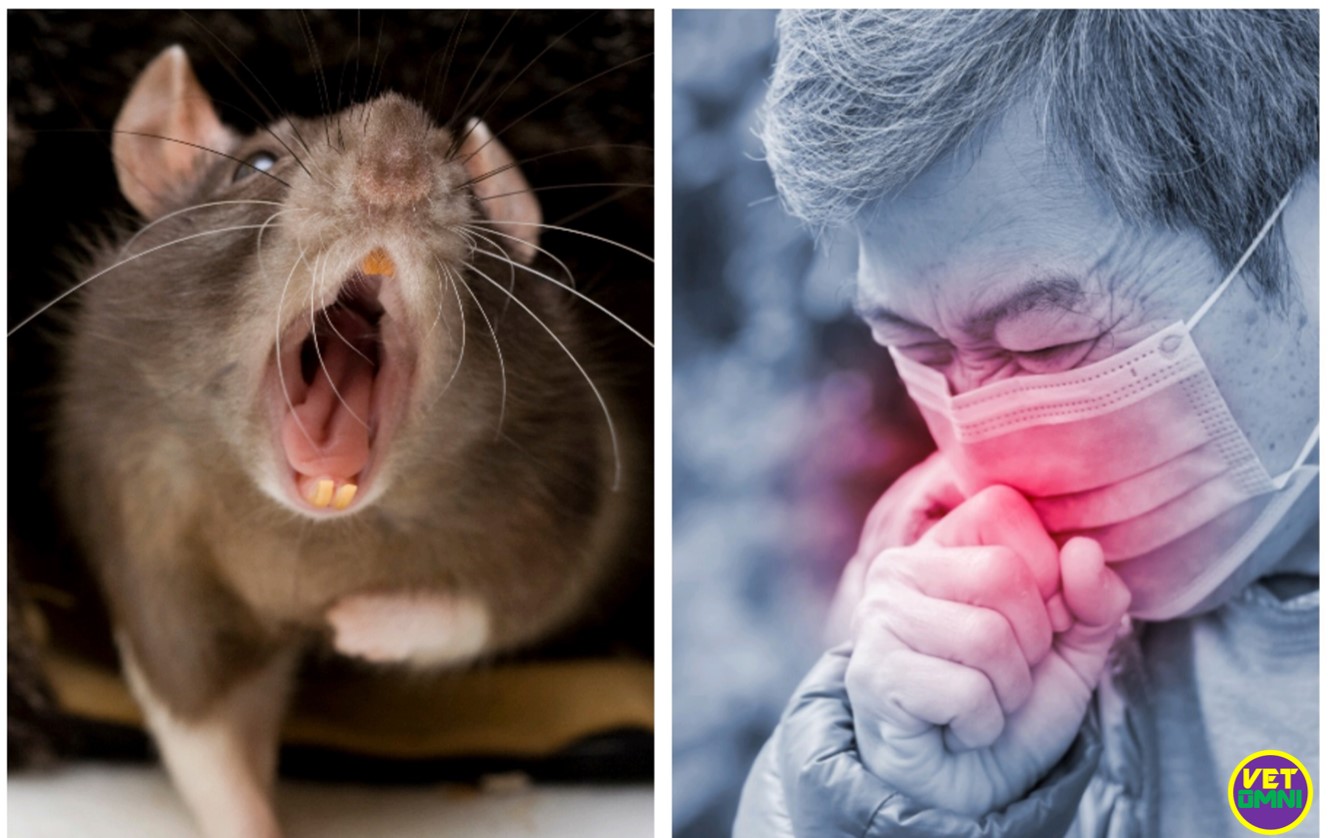
Hantaviruses are members of the order Bunyavirales and family Hantaviridae. These are tri-segmented, enveloped, and negative-sense RNA viruses that contain spike glycoproteins Gn and Gc. Small genome segment (S) is 1.8-2.1 kb, medium segment (M) 3.7-3.8 kb and large segment (L) 6.5-6.6 kb in size.
Hanta viruses are of great significance in causing zoonotic diseases such as hemorrhagic fever with renal syndrome (HFRS) and Hantavirus pulmonary syndrome (HPS). Hantavirus Pulmonary Syndrome (HPS) is a limited but deadly viral infection. Its incubation period is not known.

A Case study of Hantavirus
A case of Hantavirus has emerged in China, killing an infected person on a bus and other passengers are being tested.
According to Global Times reports, a person from the Yunnan province of China, who was tested positive for Hantavirus, has died on the chartered bus on Monday. The report by Global Times also added that 32 other passengers of the bus were also tested.
This news, which was reported on Tuesday, 24 March 2020, has gone viral on social media amid scare of coronavirus pandemic, with thousands of tweets about it, but not all of it is true.
How humans can get a Hantavirus infection?
Rodent borne viruses such as Hantavirus spread from mammals to mammals by body secretions such as saliva, feces, infected urine, etc. Tiny droplets containing virus enter the air, people can get the disease if they inhaled infected air, or encountered urine or droppings of infected rodents, according to CDC.
The virus can also be transmitted if it is exposed to an injury site, the mucous membranes of eyes, nose, mouth, etc. People who work with live rodents are at high risk of acquiring the infection.
In Chile and Argentina, rare cases of person-to-person transmission have occurred among close contacts of a person, who was ill with a type of Hantavirus called Andes virus, says CDC.
Symptoms of Hantavirus pulmonary syndrome (HPS)
Early symptoms of Hanta viral infection in HPS are as follows:
- Fever
- Chills
- Body aches
- Headaches
- Muscle aches, especially in thighs, back, and sometimes in shoulders
- Nausea, vomiting, and abdominal pain
After the initial phase of illness, late symptoms may appear, which may include:
- Lungs filled with fluid
- Shortness of breath
Symptoms of hemorrhagic fever with renal syndrome
In the case of HFRS, acute kidney failure occurs, which leads to severe fluid overload. Depending upon the virus, the severity of the disease may vary. Severe symptoms may develop in the case of Hantaan and Dobrava virus infection. Seoul, Puulama viral infections may cause moderate symptoms.
How Hantavirus affect the body in the case of HPS?
In Hantavirus pulmonary syndrome (HPS), when hantaviruses are inhaled, they enter the lungs and cause them to become leaky, by breaking the cells that line the tiny blood vessels. This fluid would be discharged from leaky blood vessels and filling up the lungs, thus making it difficult to breathe.
It may also cause the death of cells if the infection persists and reaches the heart, causing low blood pressure. Most of the organs lead to failure or death as oxygen is not available to all the cells.
Diagnosis of HPS and HFRS
Diagnosing Hanta viral infection within a few days is difficult because its early symptoms could be confused with Influenza. However, if a person is experiencing shortness of breath with a history of recent wild rodent exposure, they should immediately see their physician.
To diagnose active infection, IgM specific serological assays are the main method. Four-fold IgG can be used to detect recent infection.
Treatment of HPS and HFRS
There is no specific treatment for Hanta viral infections. Only supportive therapy is essential for survival.
Management of the patient´s fluid (hydration), electrolytes, maintenance of oxygen level, blood pressure, and treatment of secondary infection would be fruitful.
How is Hanta viral infection prevented?
Rodent control is the primary and basic strategy to control Hanta viral infections.
Special consideration should be given to:
- Protection of bare skin and mucous membranes
- Hand hygiene
- Choice and use of disinfectants
- Proper disposal of waste
Following precautionary measures should be taken to clean up the rodents:
Before starting to clean:
- Properly ventilate the area by opening the doors or windows so that fresh air rush in.
- Cross ventilation is a better option.
For cleaning any urine or droppings:
- Do not stir up dust by sweeping or vacuuming urine, droppings or any nesting material
- Wear gloves when cleaning the area occupied by rodents
- Spray the urine or droppings by disinfectant, most suitable disinfectant used is 10% bleach solution
- After cleaning up, disinfect the surface and materials properly
When cleaning up finished:
- Remove gloves and put them in the garbage
- Wash hands with soap and water
Commonly used disinfectants
Dilute hypochlorite solution (10% household bleach), phenolics, detergents are effective against Hantaviruses.
- For wiping down potentially contaminated surfaces, 1% bleach solution (1:100 dilution) is an adequate surface disinfectant
- For heavily soiled areas or materials, a 10% bleach solution (1:10 dilution) is more suitable
Personal protective equipment (PPEs)
Depending upon the activity, different equipment is recommended. People should wear the below listed protective equipment while cleaning heavy rodent infestations:
- Coveralls (disposable, if possible)
- Gloves
- Rubber boots or disposable shoe cover
- Protective goggles
- Respiratory protection device (follow local and state requirements regarding pulmonary function and testing)
Protective equipment should be properly disinfected upon removal. Material that cannot be burned or deep-buried, should be packed in double plastic bags and labeled as infectious material. It then should be disposed of as per local requirements for infectious wastes.
Author: Sadaf Shaheen, Department of Pathobiology, Faculty of Veterinary Sciences, Bahauddin Zakariya University, Multan, Pakistan.
Good effort sadaf
Thanks
Good work very informative work
This is informative. Kindly share about other viruses so that people may know about them
✔️It’s nice awareness.
🔻I have a question!
What is the basic reason to limit the spreadness of Hantavirus, although rodents are commonly present in grains and spices stores and in homes also?
we should limit contact with rats….and not all types of rats can carry Hantavirus….
Don’t fall prey to fear. Hantavirus is endemic in few parts of China from very long time. It spreads from an indigenous rat species and almost no human to human transmission occurs. It has never been reported outside the endemic areas.
👌✌️👍
So much information 👏👏
Great work